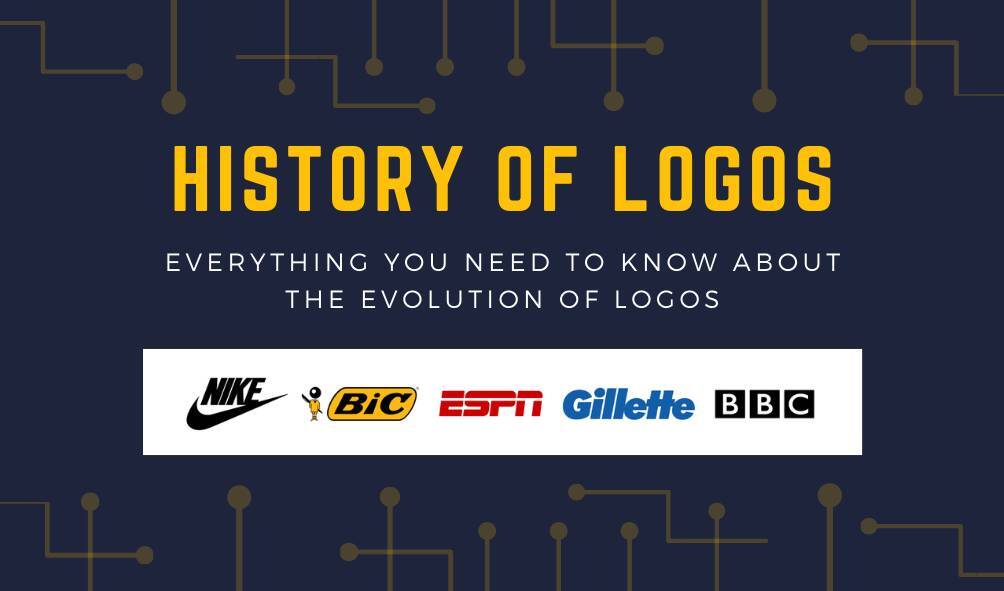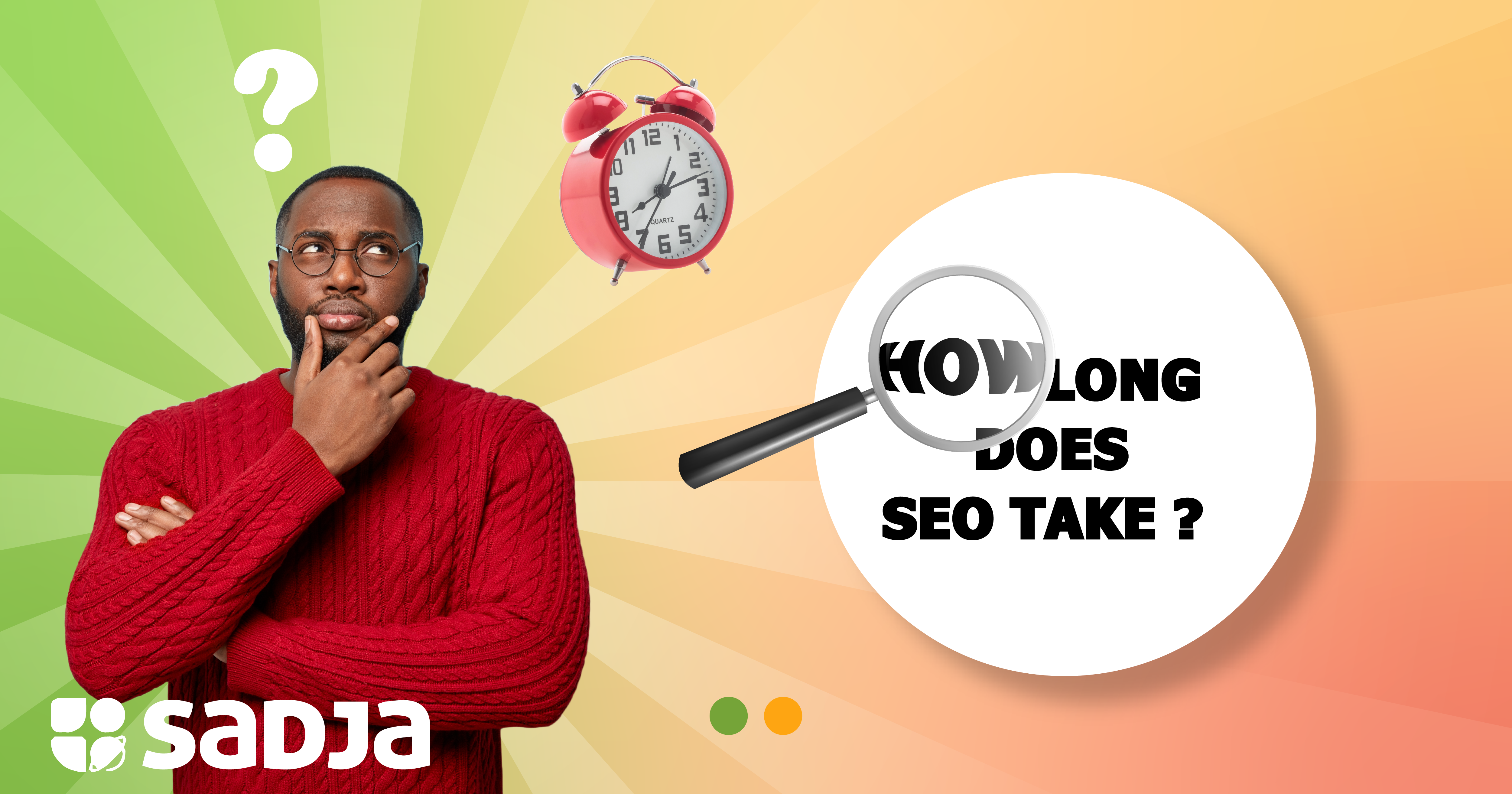“There are three responses to a piece of design – yes, no, and WOW! Wow is the one to aim for.” – Milton Glaser
A logo is the first thing you should think about after coming up with your business idea. It’s very important for identifying your company. If done right, logos can become synonymous with your brand. Case in point: the iconic Nike Swoosh. It is recognized worldwide; everyone knows that it stands for the sports magnate Nike.
Floral and artsy to minimal and clean – the logos we see today have gone through their very own evolution process. Logos are made using symbols and text to portray a brand message. Logos are capable of catapulting your business to success, so it is important to pay attention to them.
When you see a logo, you only see a graphical representation of a brand. However, you don’t see the planning and changes that it went through over the years, or even the amount of work that went into it before it was finally unleashed into the world.
After reading this article, you won’t see logos the same way anymore. You’ll begin to unpack the layers that went into giving it meaning.
The Evolution of Logos
To understand the evolution of logos, we have to start all the way at the beginning of human life itself. Humans have always been visual creatures. Consider the cave paintings that were left behind by the first men on earth. They couldn’t read, but they knew that images would portray meaning to those that came after them.
As civilization evolved, humans started wanting to own property. In order to show ownership, the Ancient Egyptians started branding their animals with symbols. Evidence of logos can also be seen in Ancient Greece where rulers monogrammed their coins with coats of arms.
Consequently, craftsmen like potters, stone masons, iron smiths, started to stamp their creations with their logos so that their work could be recognized far and wide.
Logos from the times of yore have stood the test of time, proving that logos are essential in branding. Logos might seem like such a miniscule part of a business, but they single handedly carry meaning and evoke emotion for the entire brand.
1837 – 1901: The Victorian Era
The Victorian era showcases lots of symmetry, heavy decoration and extra detail. Here we have the rise of Gothic fonts, with their embellishments and swashes. An example: the original Pepsi Cola logo. The famous Queen Victoria’s reign accounted for text logos, complete with their shadows, textures and lots of geometrical shapes.
The Victorian era accounts for an explosion of graphic designers rallying to get their best work out into the world. The logo of Twinning’s tea was created in 1787 and it is still used today.
1880 – 1910: The Arts and Crafts Movement
Post Victorian era, the world at large was ready to display their design prowess. This era was characterized by medieval simplicity: romantic and folk type of decorations. This era was also iconic for illustrated initials to label property.
While not as detail-heavy as Victorian era design, this period of design did feature a lot of floral elements, including twining vines and round fruit-like circles hanging off the vines.
1900’s to 1940: Modernism
Modernism was a global movement where artists wanted to align with the new modern industrial lifestyle. They used new imagery to reflect the hope for a new era. Medieval designs took the back seat and a new design style came to the forefront: cubism, futurism, suprematism and constructivism. Modernism paved the way for minimalism. There was a lot of empty visual, solid colors, sharp shapes and almost no personalization.
Logo Design in the Early 20th Century
The start of the 20th century came with the expansion of the printing industry, and by proxy, the advertising industry. The industrial revolution brought about rapid production of all sorts of products and services that needed to find customers. Advertising meant lots of visuals – companies had to come up with creative ways to grab attention from people.
With the sheer amount of products on the market, the value of graphics design was bound to increase as well. Logos began to shift from portraying deep emotion towards simple shapes and letters. Logos these days might seem random and uncorrelated with a brand, but their functionality still holds true.
The Impact of Graphic Design Software in Logo Design
It’s no surprise that graphic design software has revolutionized logo design. The first graphic design software SuperPaint was first developed in 1973. It paved the way for today’s popular design software such as Adobe Illustrator and Photoshop. These are powerful applications developed to provide a wide variety of tools to designers – ranging from vector illustration to motion design.
Software has made logo design extremely easy. Logos can be created and edited on the fly and they can be shared and accessed from anywhere. There are so many graphic designers all over the world, and they create multitudes of logos. In fact, some logos are premade and can be bought from design markets like Envato.
Logo Vs. Branding
Here’s how branding works: It involves packaging, sponsorships, advertisements, influencer endorsements, hashtags, music, website design and imagery. All these things aim to elicit happy feelings from a consumer. They feel good, and that’s why they buy a product. A logo is a small but essential part of branding. It is a visual cue that triggers a person to remember the emotions they felt, say, from an advert they watched on TV.
If a consumer looks at a logo they are unfamiliar with, they probably won’t buy the product – as opposed to one they had seen on TV the week before. It’s all in the branding. Great branding works hand in hand with great logo design to boost sales and marketing. Good branding makes sure to include a story about the logo – what it means, or how it was created. That means every time you see the logo, you know what it stands for.
The Future of Logo Design
When it comes to art and design in the 21st century, we see a lot of minimalism and simplicity.
“Less is more.”
While intricate and ornamental logos have worked well in the past, the bare-bones nature of design these days ensures that brands won’t drown in a sea of flashy and loud logos. That’s not all. Logos these days utilize a lot of negative space to give a more striking appearance. Tidy logos are easier to remember, and bring more focus to the brand.
Logos in the future are predicted to start involving motion. Picture a logo that has an entrance, assembly, and exit. We are seeing more and more of this lately. What if your logo constantly looped over and over again?
The technology trends in the future will include Artificial Intelligence (AI). AI refers to the intelligence demonstrated by machines. Machines are capable of planning, learning, reasoning, problem solving, knowledge representation, perception, motion, and manipulation and, to a lesser extent, social intelligence and creativity. Logos have the potential of being influenced by Artificial Intelligence (AI) – who knows what that will look like? Either way, these are exciting times for design, and logos won’t be left out in this pivotal moment for technology.
Refer to Logo Design Services to view services offered by Sadja WebSolutions.
 +256 206 300885
+256 206 300885


